Sweetings Pond is a landlocked lagoon in Eleuthera, connected invisibly to the ocean. This unusual environment hosts distinctive populations of fabulous ocean creatures such as seahorses, octopus, giant crabs, clams, and more. Sweetings Pond is particularly known for its globally important population of seahorses, those quirky fishes in which only the males get pregnant. The threatened lined seahorse, Hippocampus erectus, is found here in numbers never discovered elsewhere. Sweetings Pond provides a vital buffer against declines in other parts of its range.
Protecting Sweetings Pond is one important step towards saving seahorses and their marine communities.
To learn more about this unique ecosystem watch this video of Specialist Group member Dr. Heather Masonjones from the University of Tampa working with the Bahamas National Trust to help protect and create a “Seahorse National Park” in Eleuthera.
Learn more about this unique gem in the Bahamas:
Why care about Sweetings Pond, Eleuthera?
Why care about seahorses?
What can you do for Eleuthera? Some easy things here.
What do we know about the seahorses in Eleuthera?
Where is Eleuthera?
Global Seahorse Distribution (map)
Seahorses of the Americas Identification Guide (Seahorses found in Eleuthera: Hippocampus erectus, H. reidi, H. zosterae)
8 Fun Facts about Seahorses
iSeahorse Citizen Science Factsheet
iSeahorse Promotional Poster
iSeahorse Training Videos & Online Courses
Photos from the field
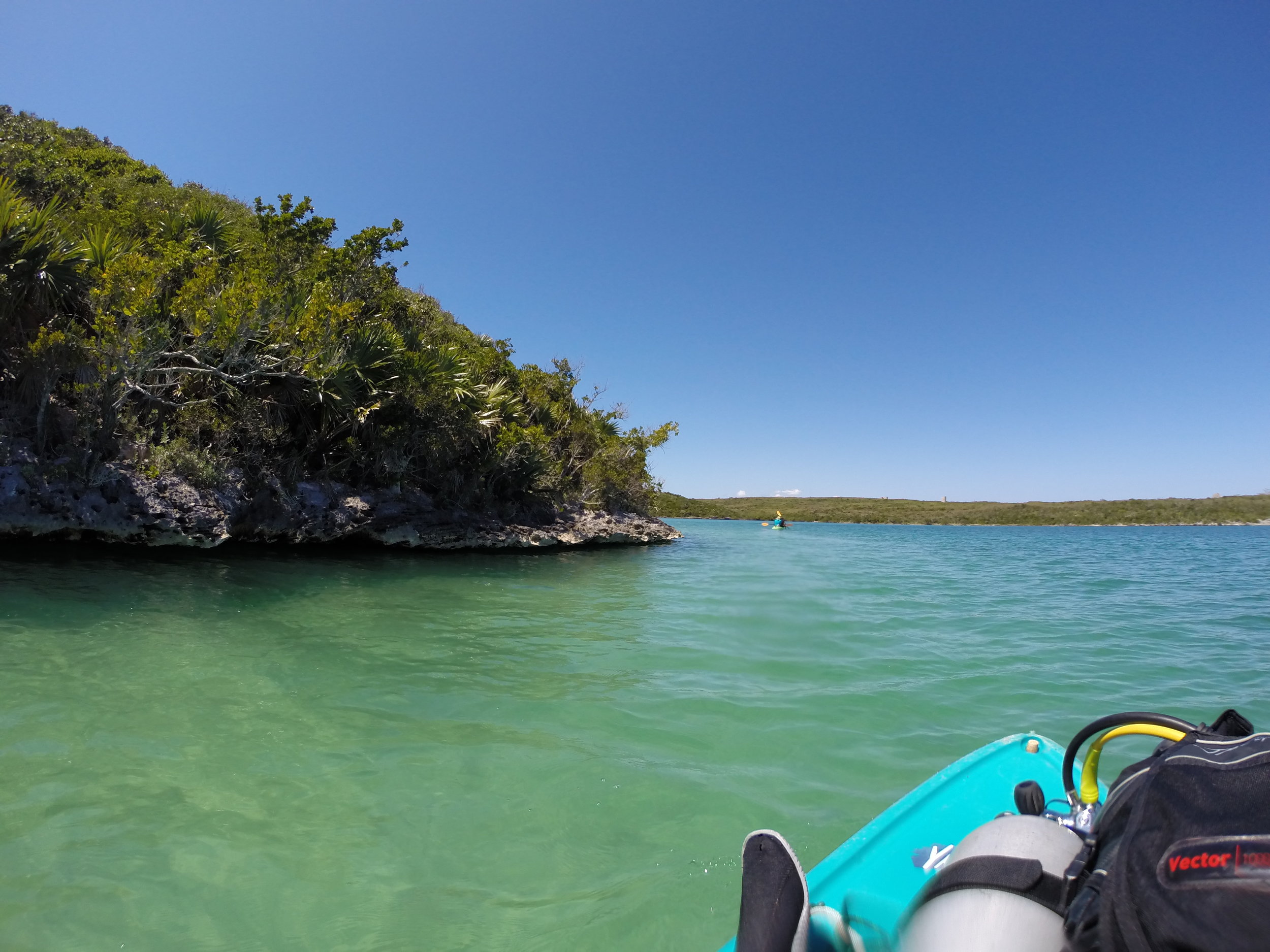

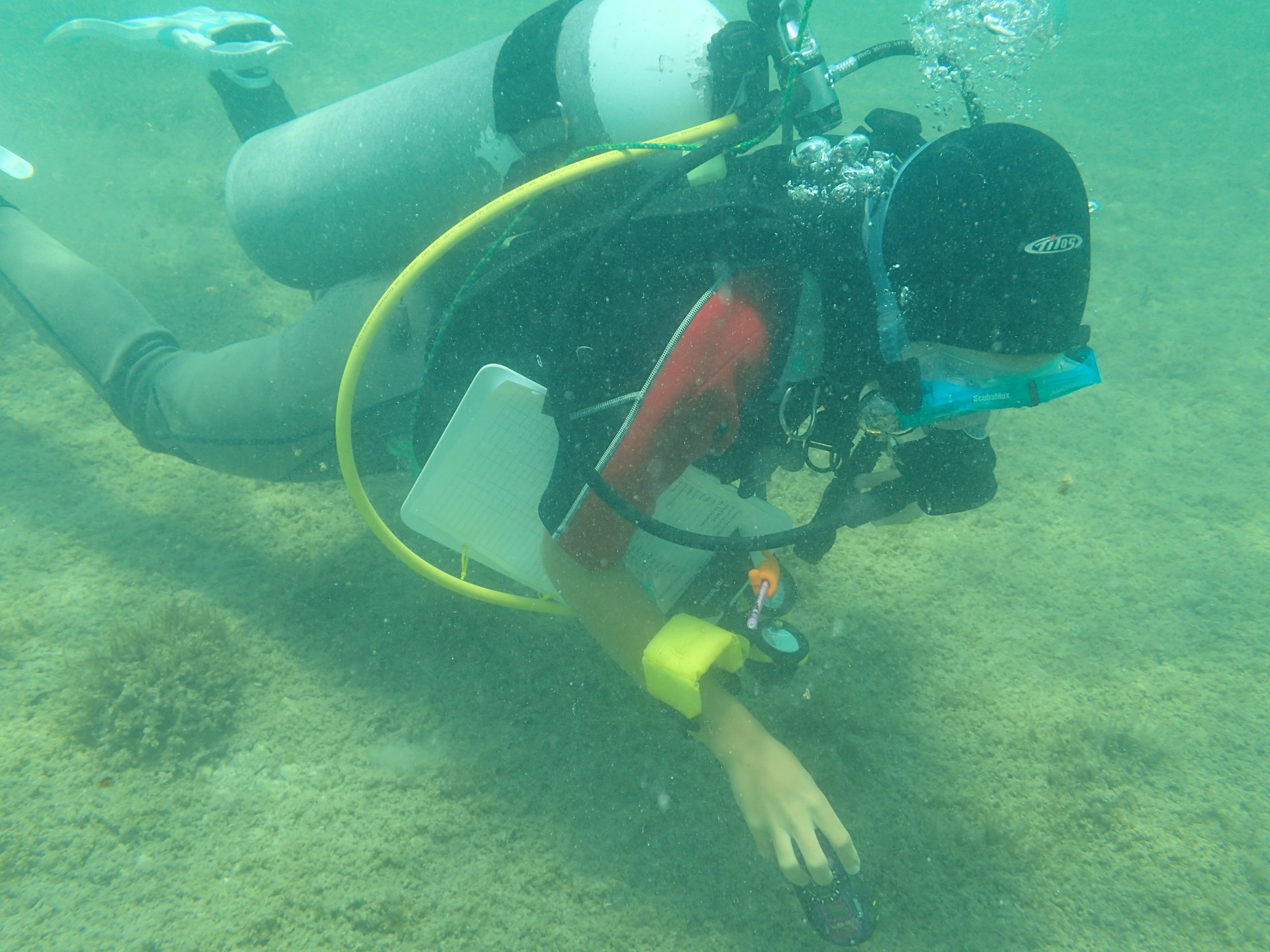
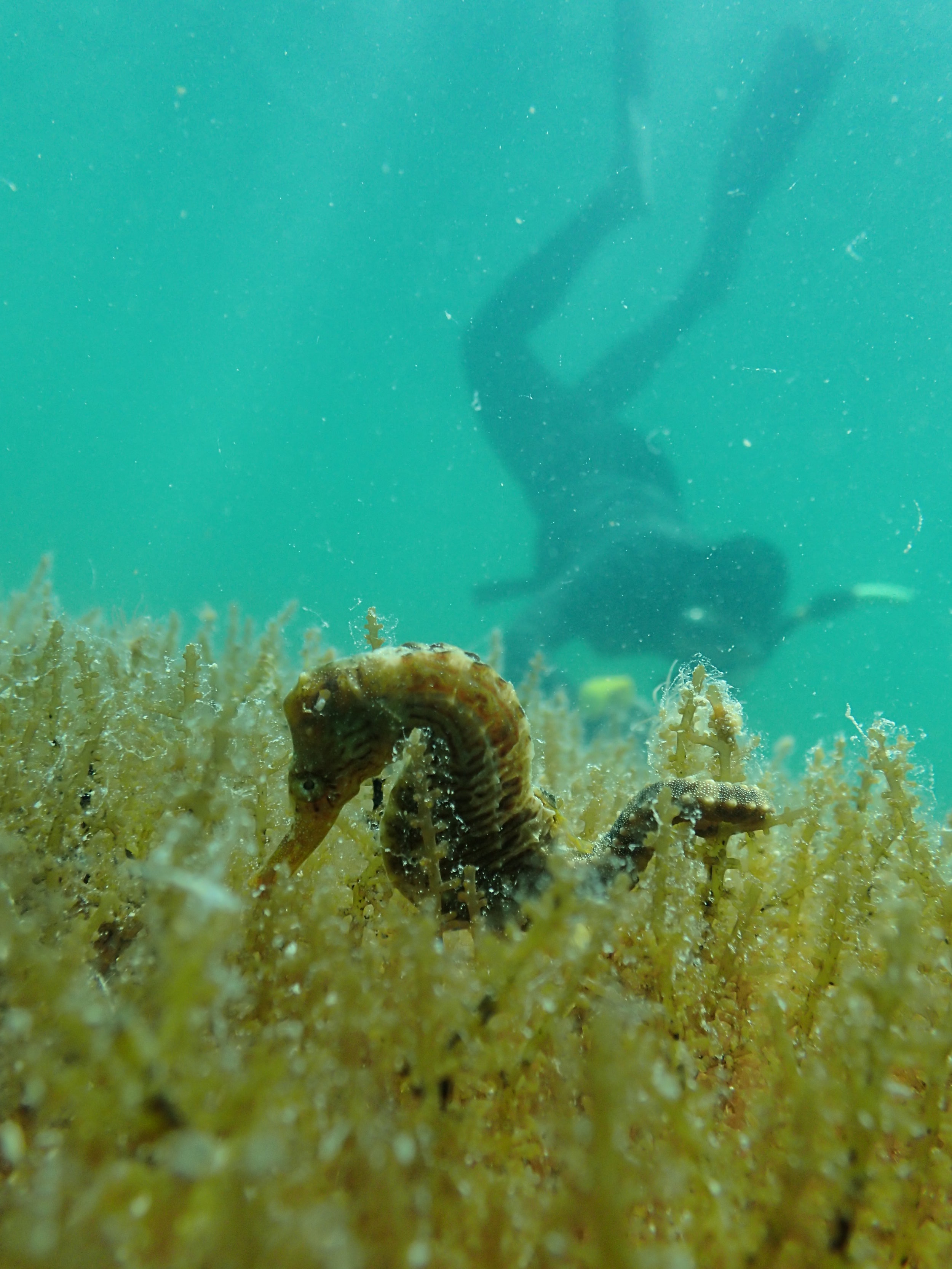
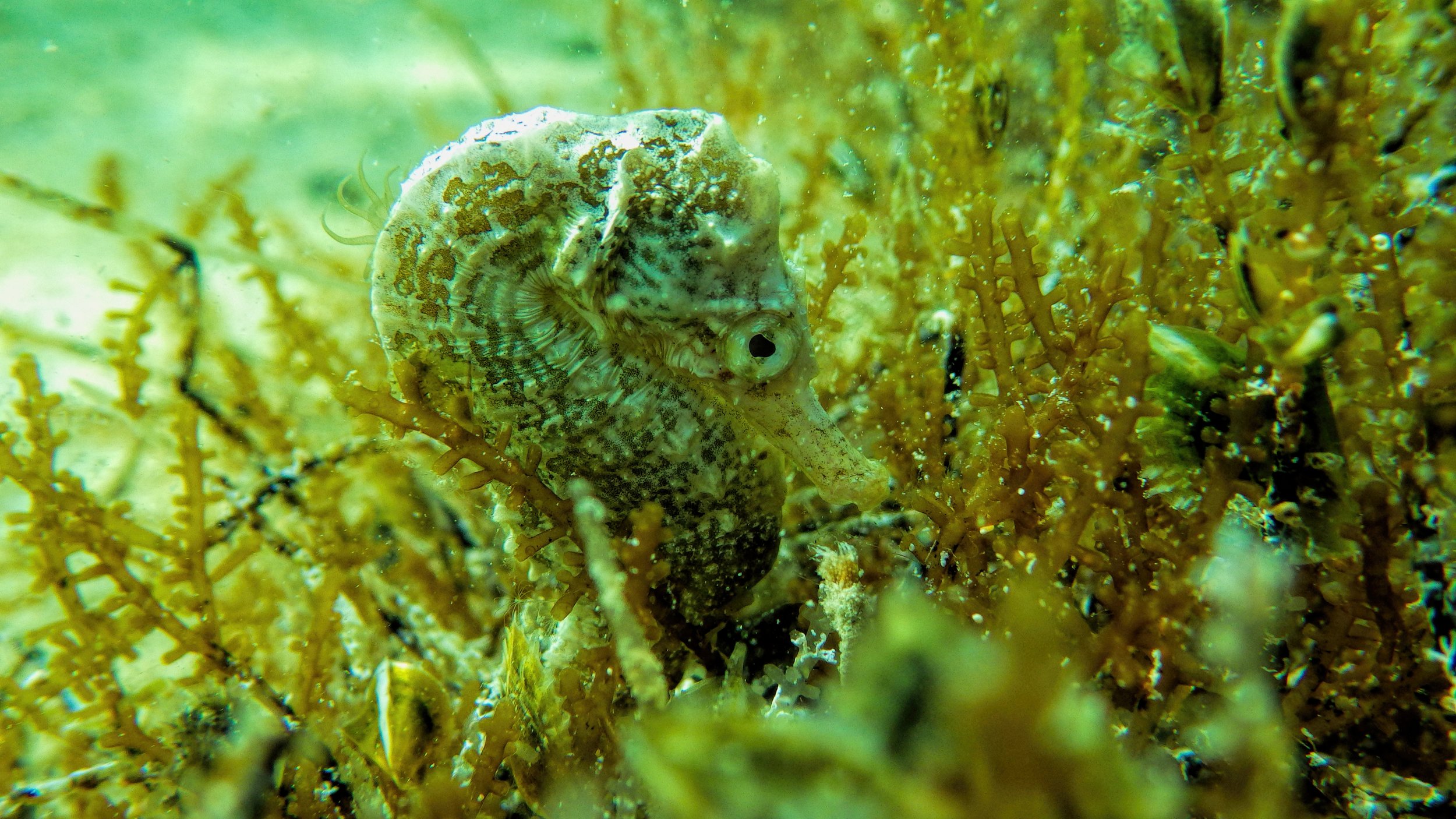
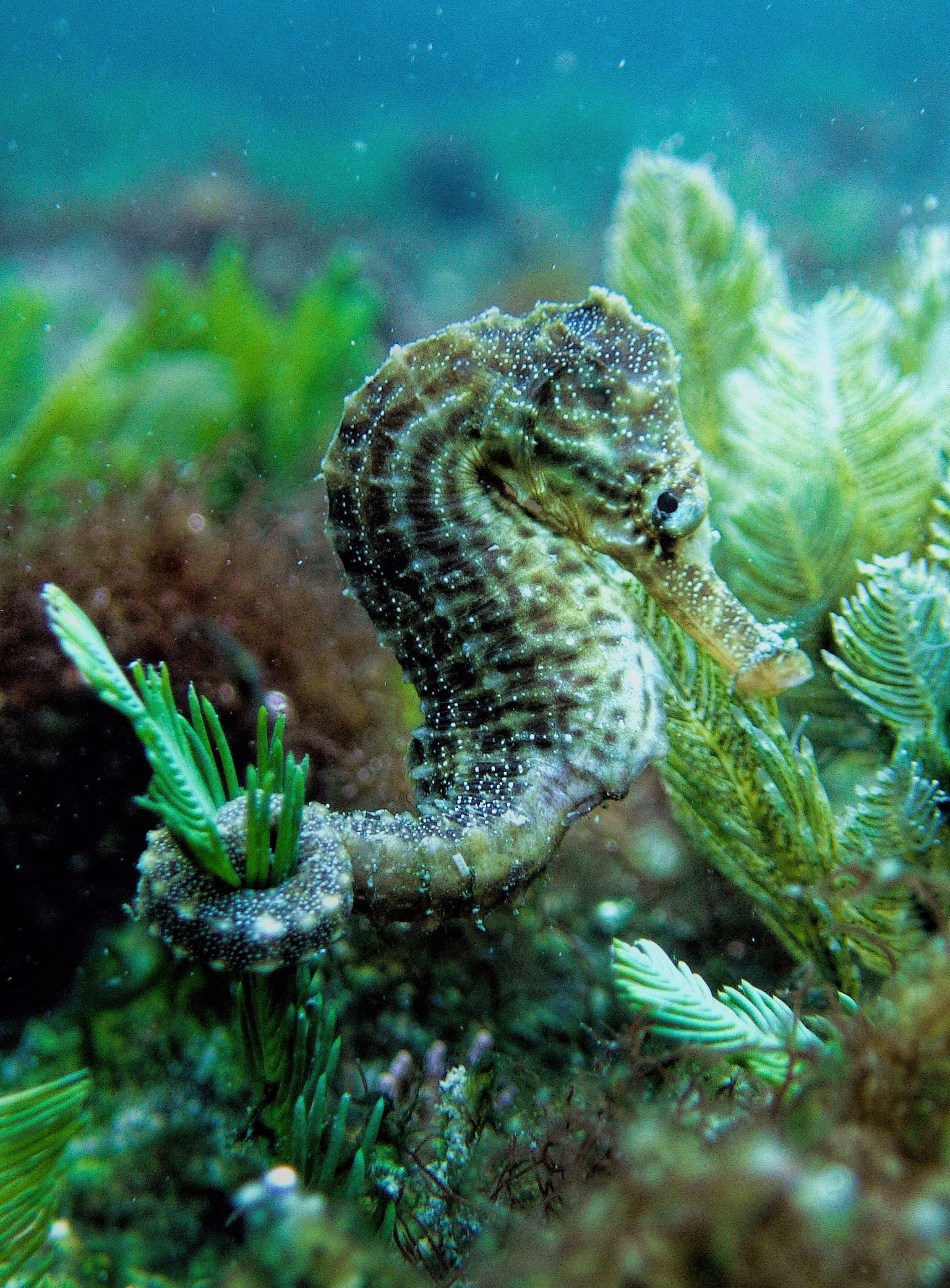
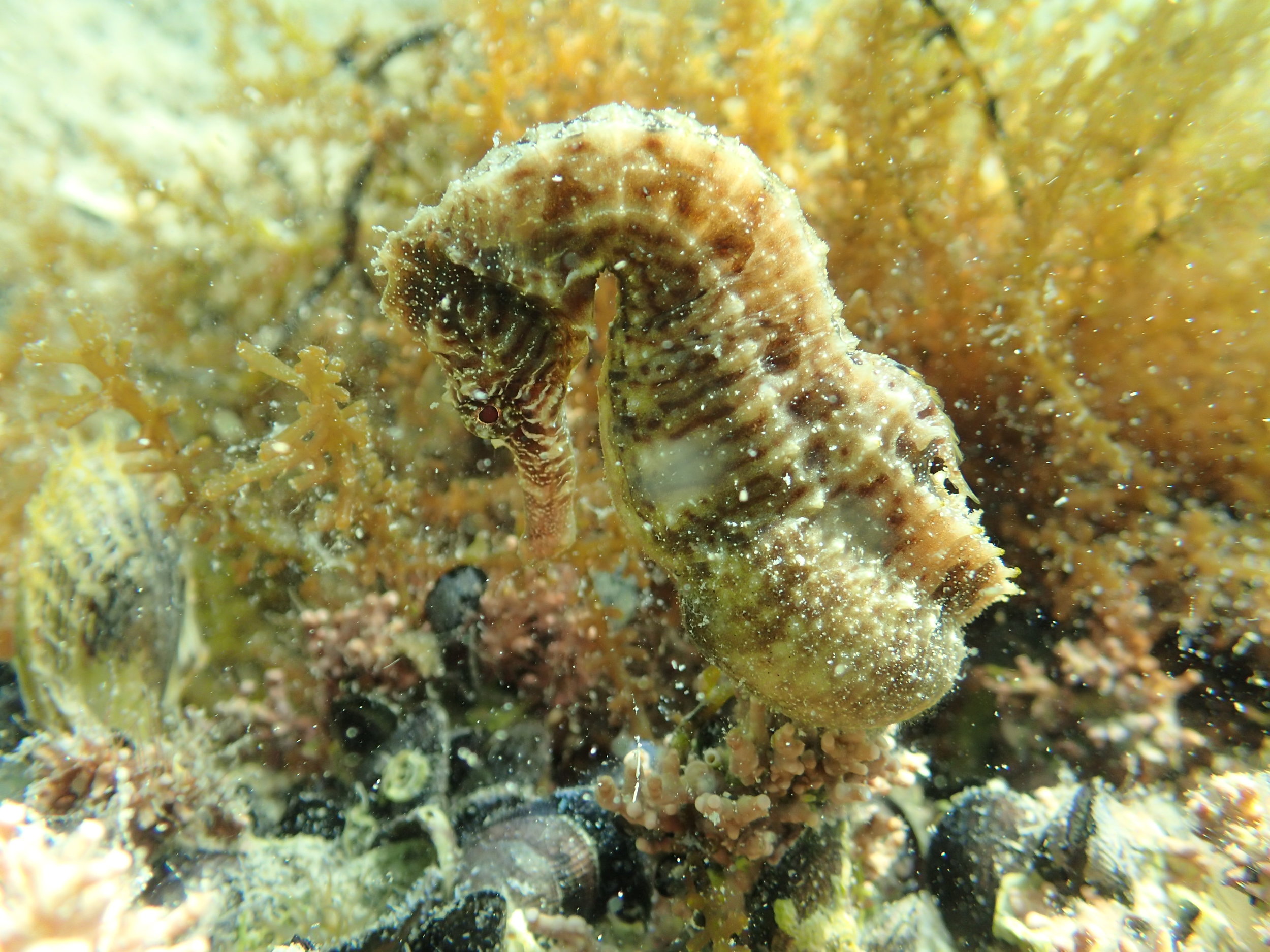
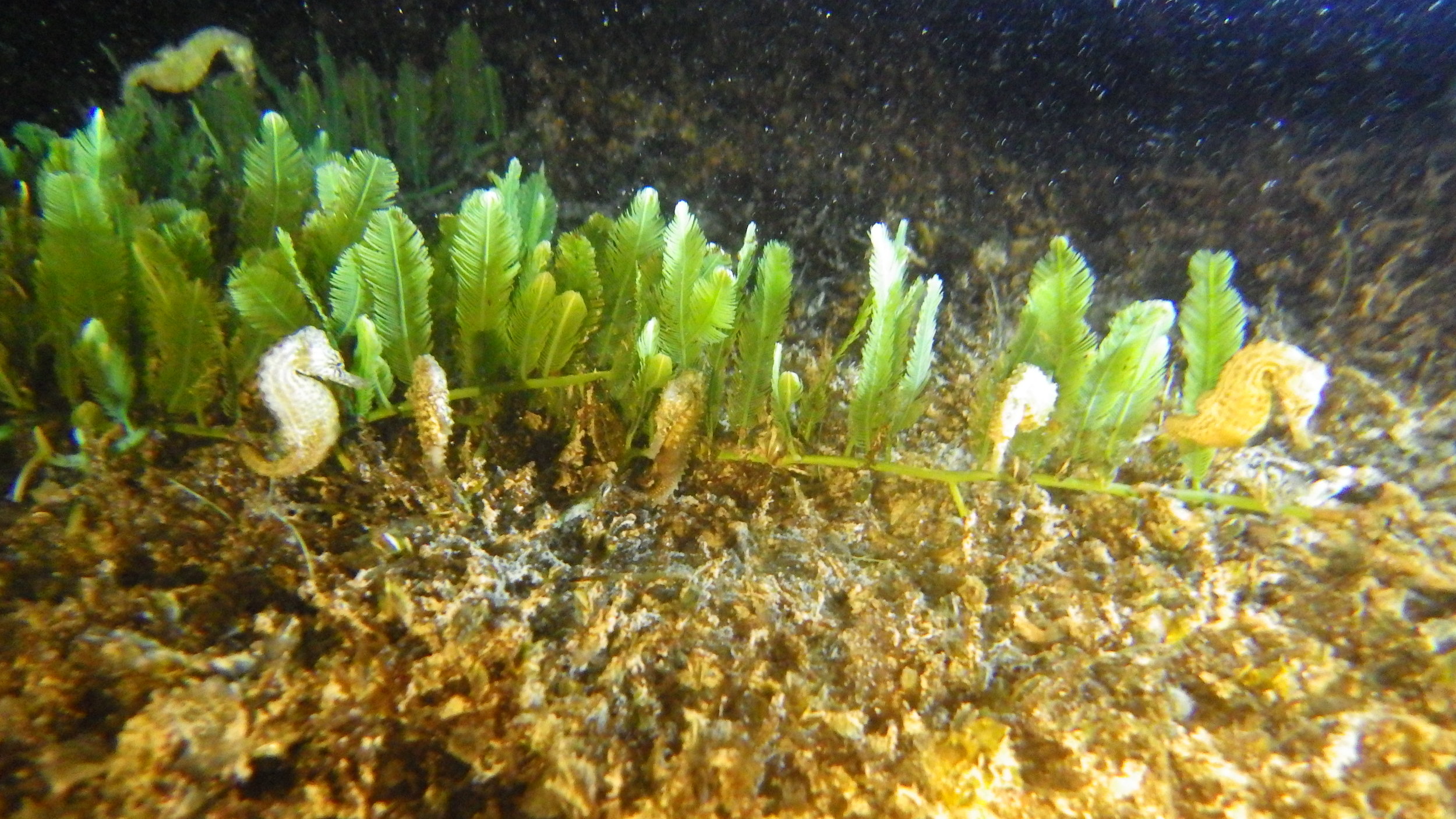
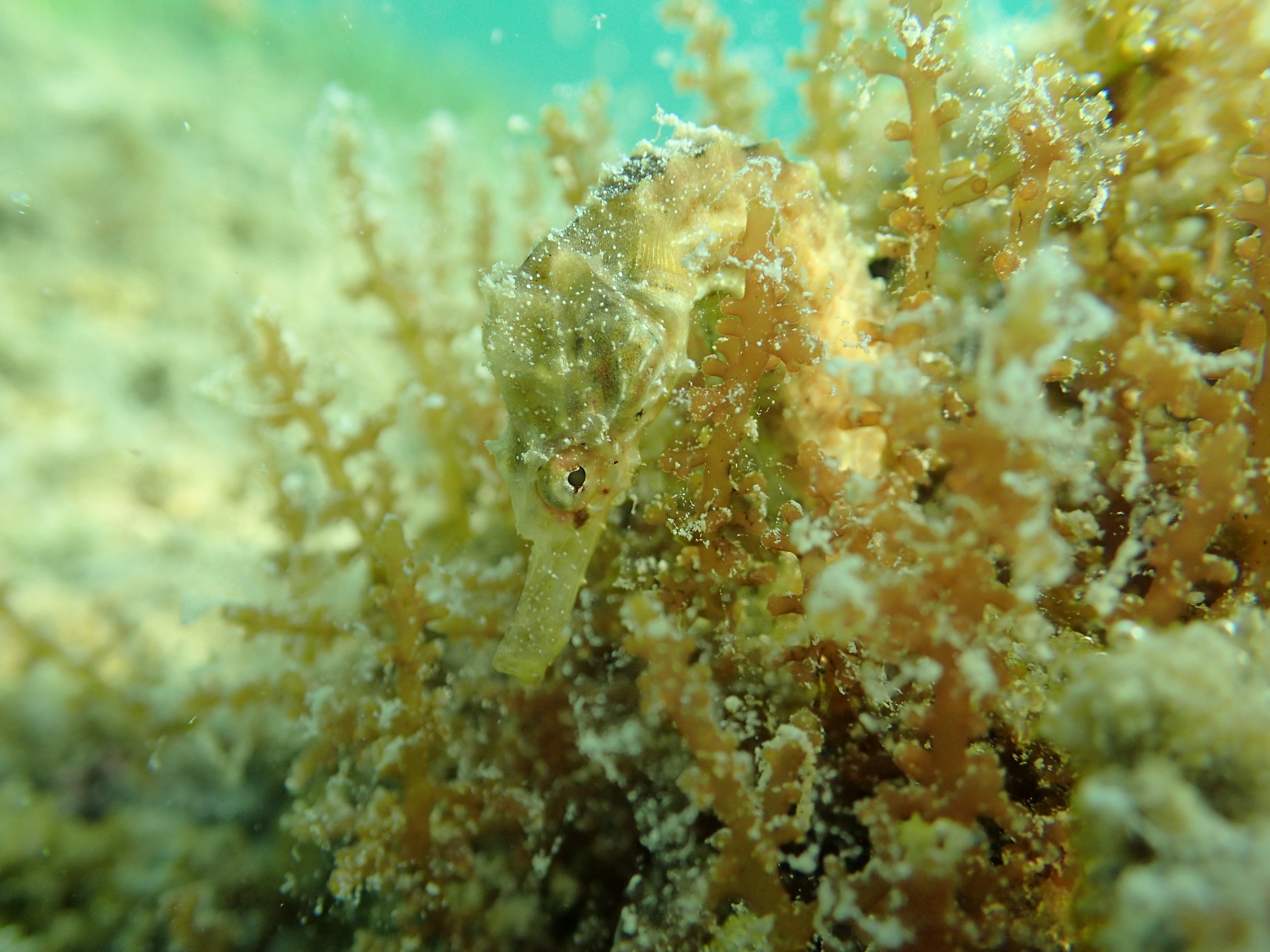
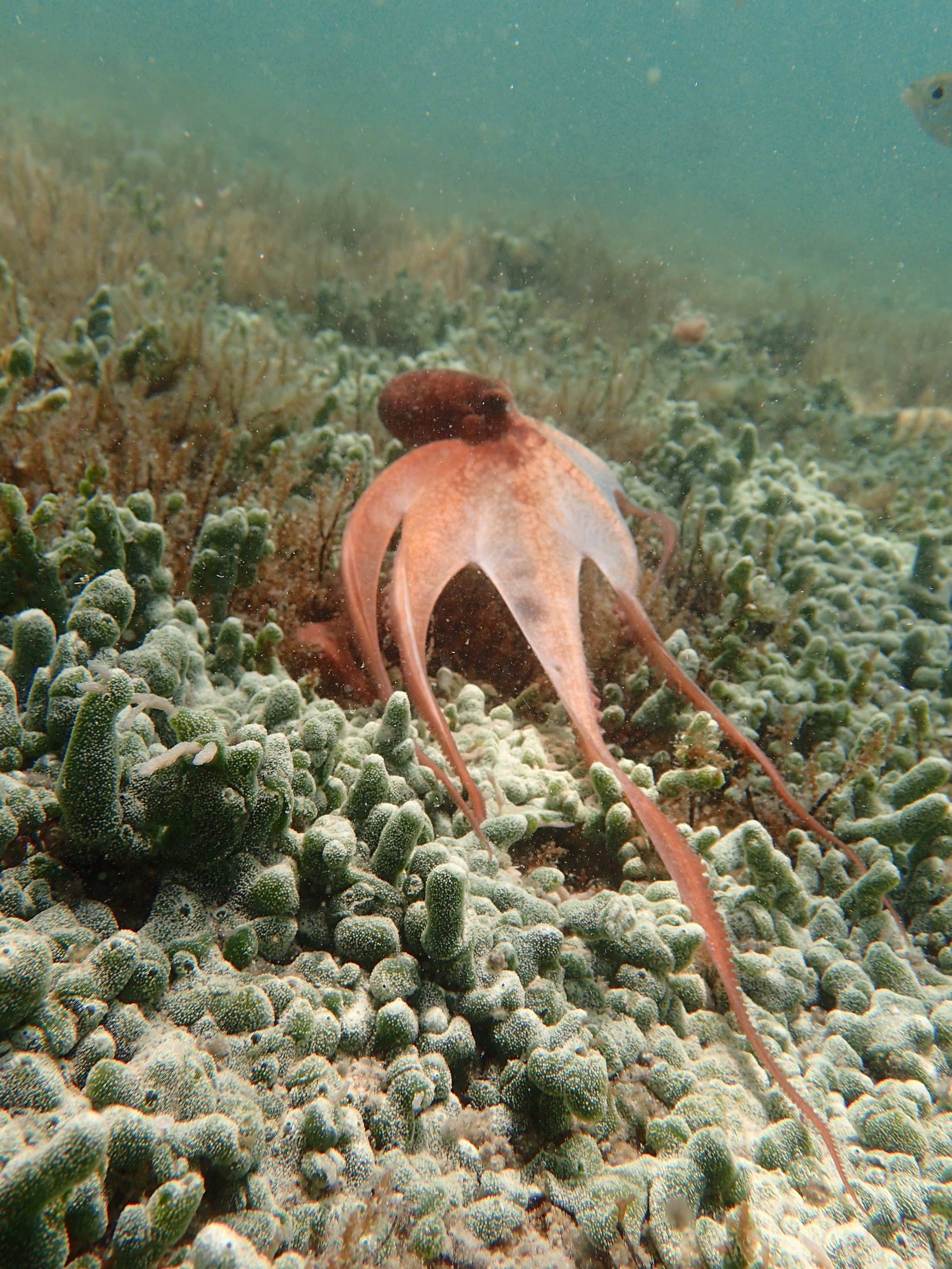
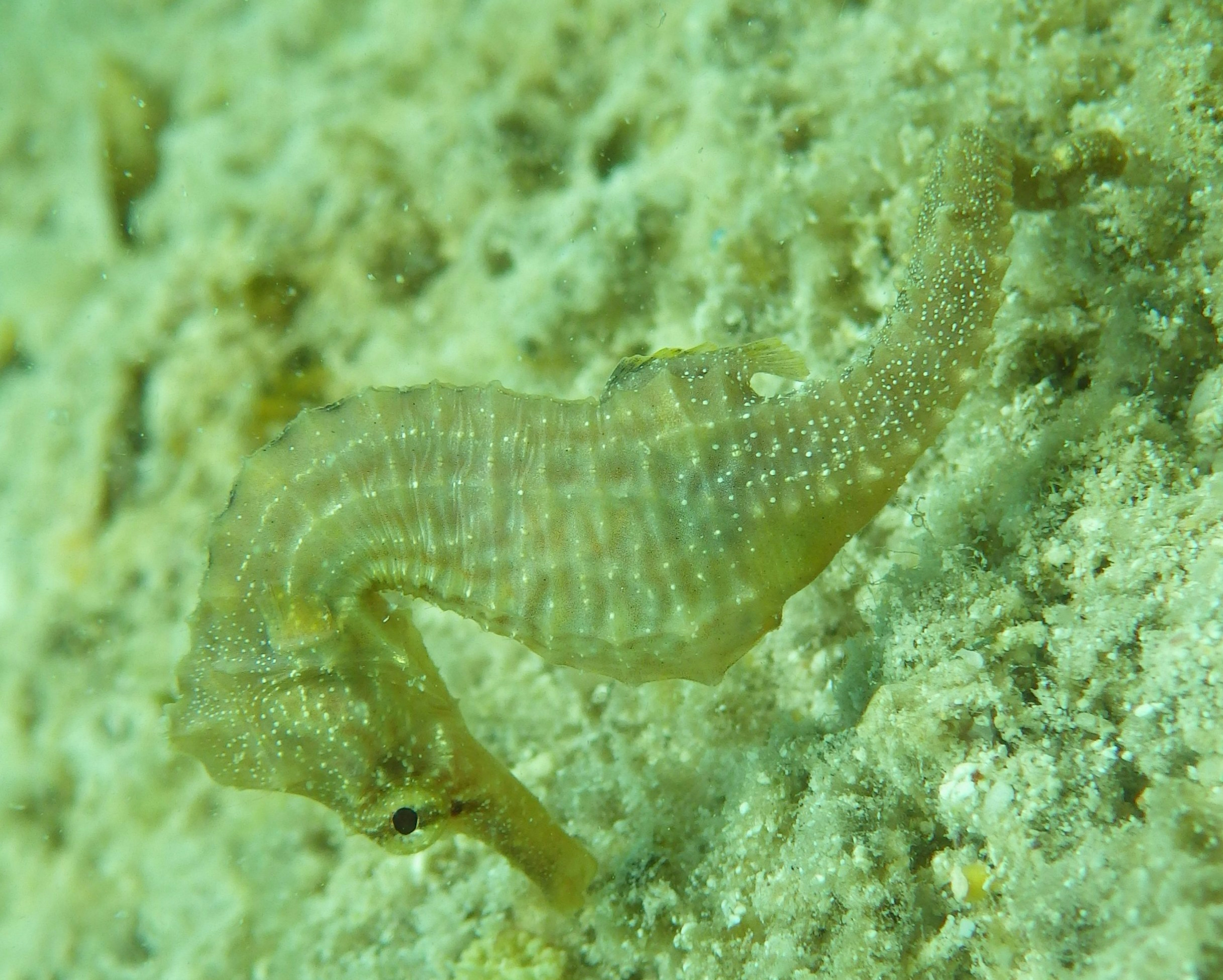
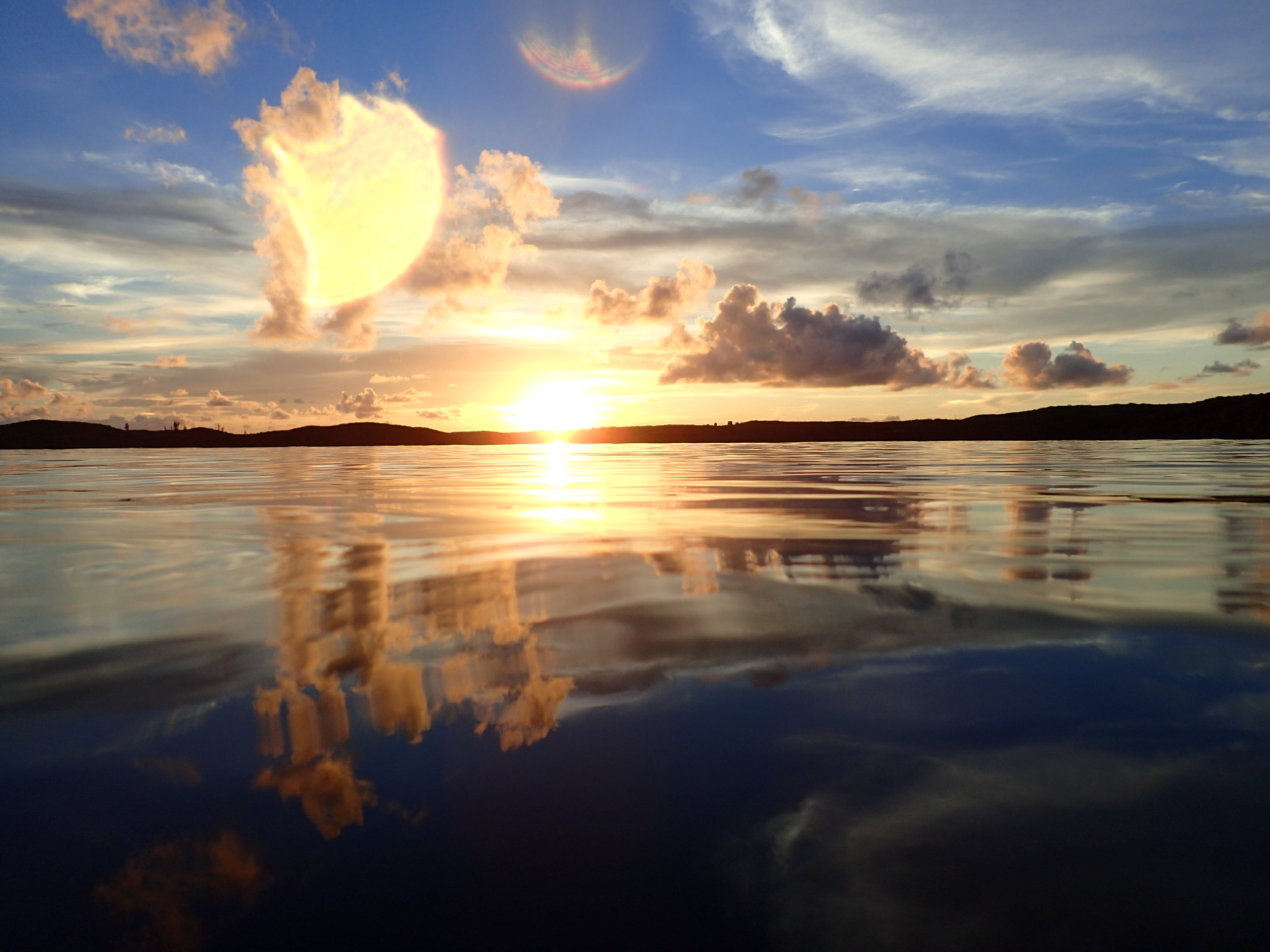
All photographs in slide show by Heather Masonjones
Why care about seahorses?
We love seahorses because they are weird, wacky, charming fish. Their unique shape and unusual behavior such as couples holding tails or males giving birth, appeal to people’s hearts. We truly believe if we save seahorses, we can save the seas. We share with you some of our favorite facts in hopes that you too will be charmed to take action for these unusual fish.
Seahorse biology: weird & wonderful
44 different species
Unusual shape
Snout like a horse, tail like a monkey & males have pouches like kangaroos
Males become pregnant and give birth to babies
Seahorse couples ‘greet’ each other every day & hold tails
All these unusual traits help us to expand our understanding of reproductive ecology
Seahorse ecology: strong relationships with habitat
Live in many important coastal habitats like seagrasses, mangroves, reefs, estuaries and lagoons
Once they find a place to call home, they become long-term residents
Important predators of bottom-dwelling organisms
Removing them may disrupt coastal ecosystems
Their strong links with habitat make them representative symbols of these places and the many marine conservation issues they face. Therefore, protections for seahorses benefit many other marine species and ecosystems.
Seahorses have economic value
Global trade for aquaria, traditional medicine, and curios
Involves over 80 countries and 26 species
Important source of income and food security for subsistence fishers
What threats do seahorses face?
From our research we know that their biology and behavior — for example, the young depend on parental survival far longer than most fish, and many species are seasonally monogamous — makes them particularly susceptible to overfishing, habitat loss, and other human pressures. We estimate tens of millions of animals are traded internationally each year. For some species, these pressures have placed their populations under threat.
Seahorse species found in Florida and their global conservation status
Hippocampus erectus, Lined seahorse, Vulnerable
Hippocampus reidi, Longsnout Seahorse, Data-Deficient
Hippocampus zosterae, Dwarf Seahorse, Data-Deficient
[Updated July 2019]

